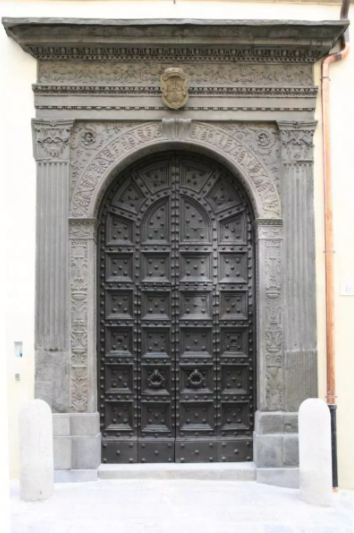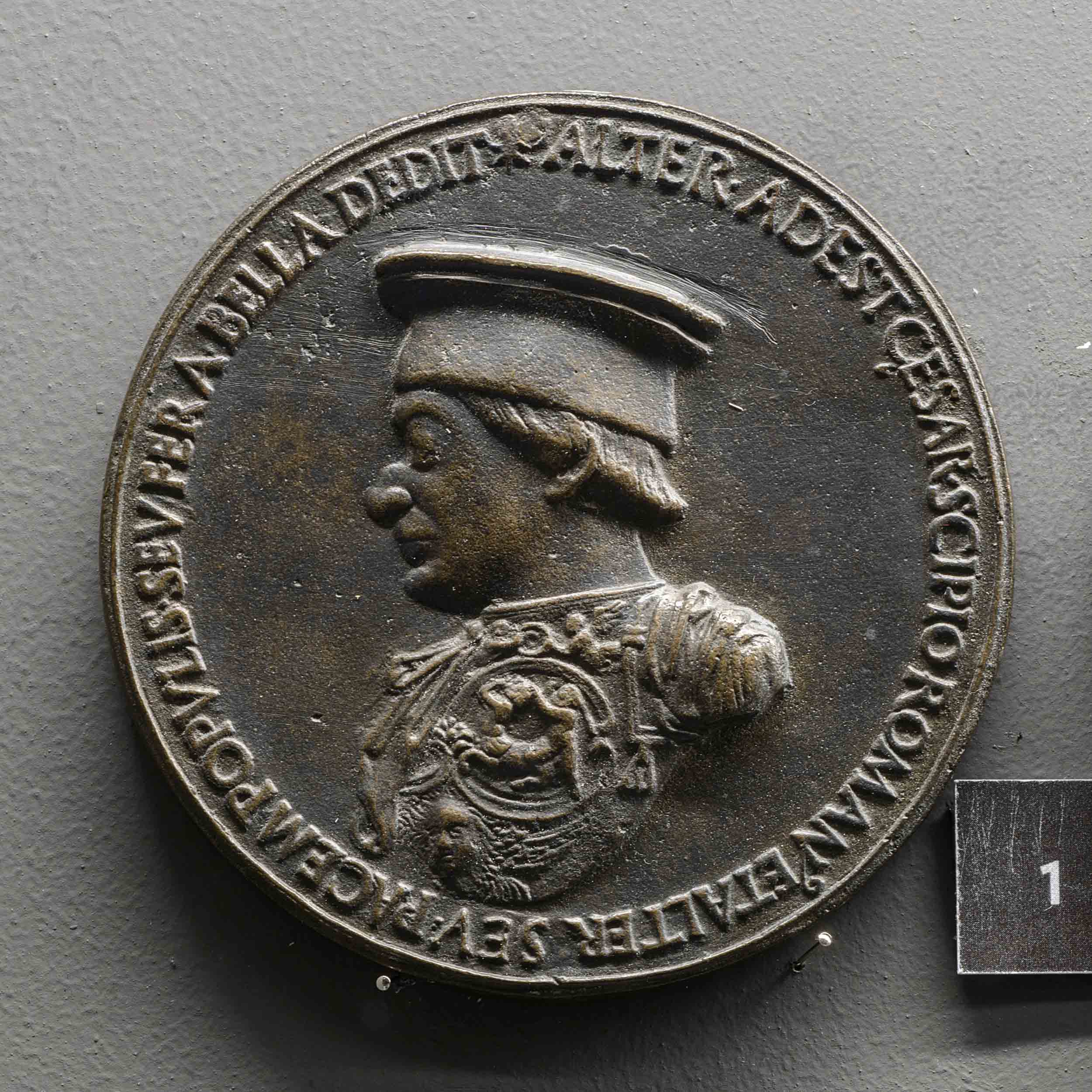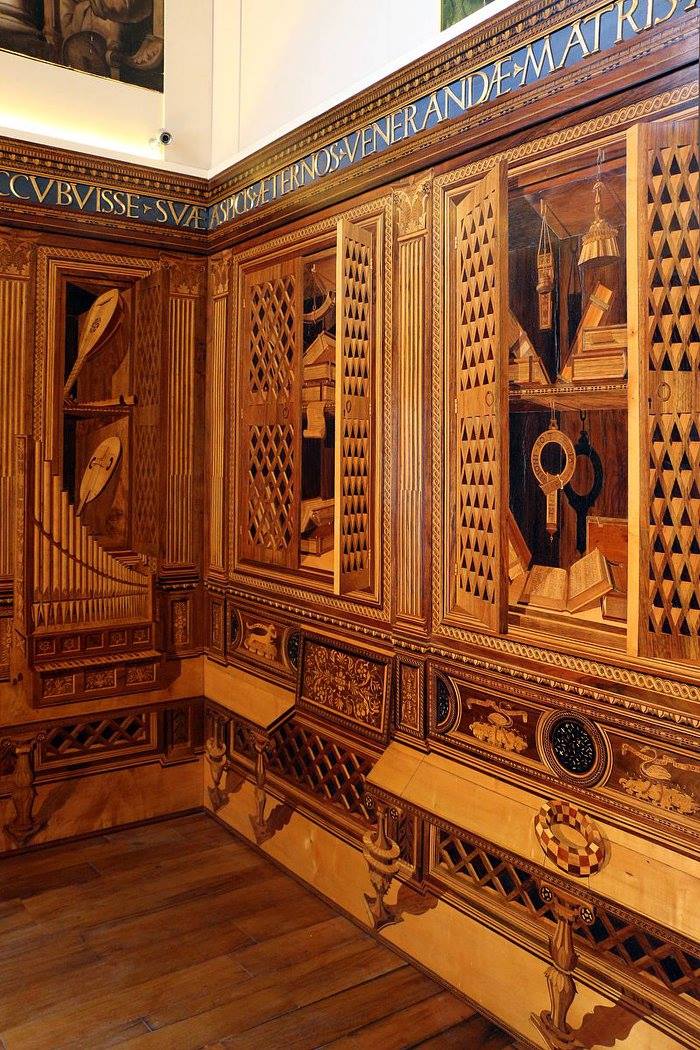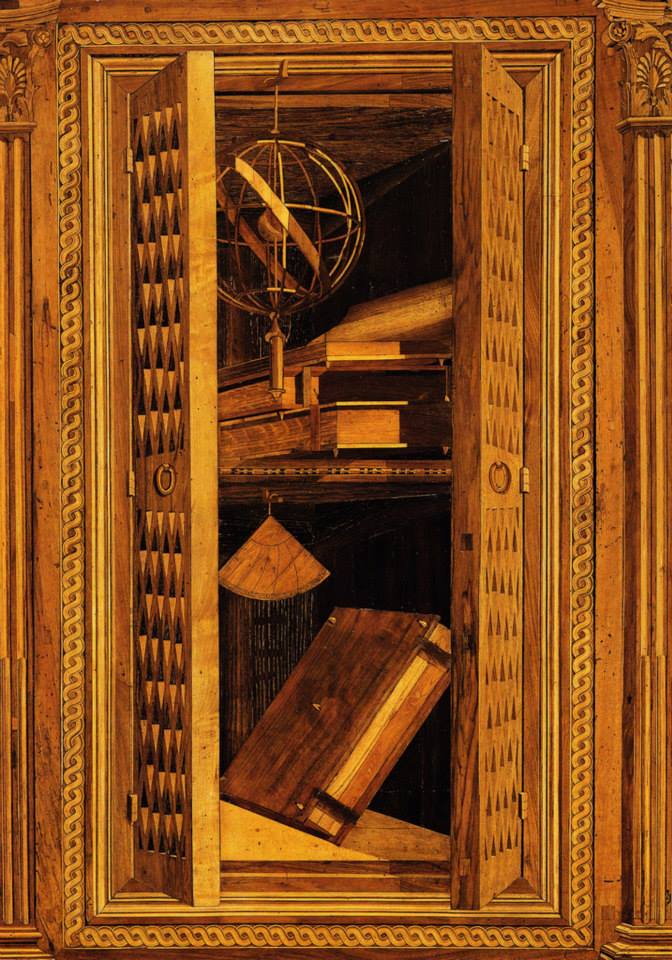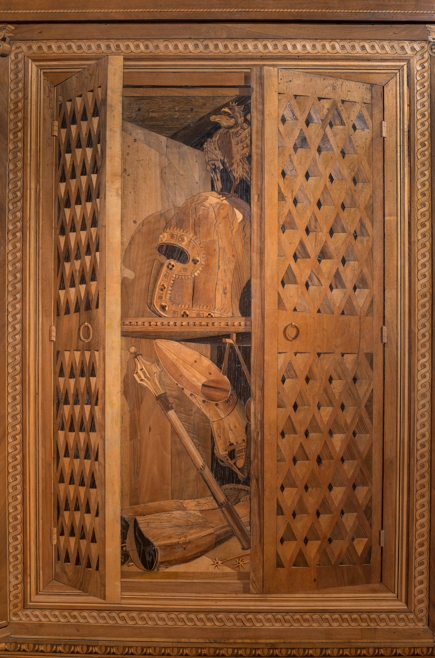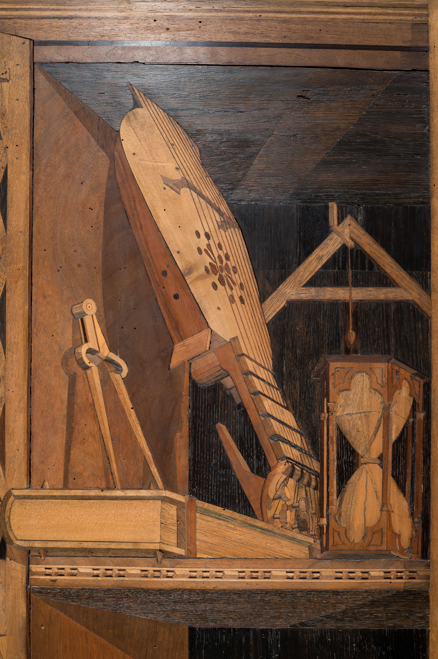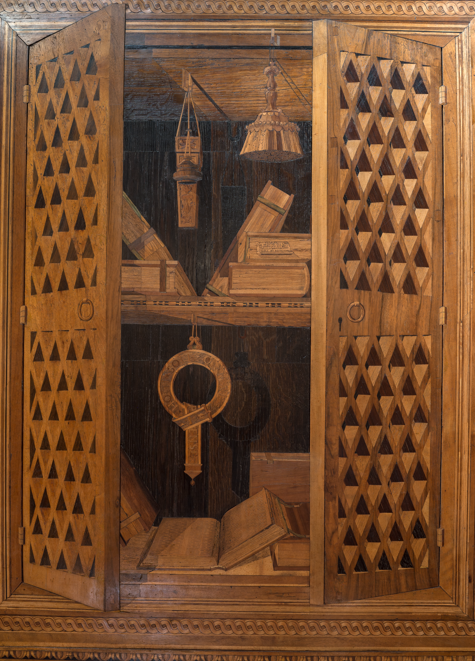FROM THE DUCAL PALACE BUILDING SITE TO THE TOWN…FEDERICO DA MONTEFELTRO’S INFLUENCE IN GUBBIO
The Ducal Palace is, par excellence, the place in Gubbio where the memory of Federico da Montefeltro is better preserved: Gubbio, his hometown and second capital city of the Dukedom.
By order of the Duke, the court residence was built, opposite the cathedral, in a high position on the slopes of Mount Ingino. Unlike Urbino’s one, the Palace of Gubbio is almost disguised among the medieval architecture of the town, expressing only inside its Renaissance charm.
The original splendour of the palace is still recognisable today in the elegance of the architecture and furnishings that survived time and dispossession.
In Federico’s time the Palace was called “Corte Nuova” and it was described as magnificient, gorgeus and sumptuous. The best artists were chosen by Federico who relied on the masters who had previously worked in the Palace of Urbino. Architects, sculptors, inlayers, painters, all moved to the new building site of Gubbio with a repertoire of architectural solutions that made the Montefeltrs style immediately recognisable.
Absolute director of the undertaking was Francesco di Giorgio Martini, a poliyedric artist who from 1474 to 1480 was responsible for the design of the new Renaissance residence. He also designed decorations such as friezes for doors, fireplaces, windows and the perspective images for the famous Studiolo.
Francesco di Giorgio Martini got artistically inspired by the large presence of ancient and sometimes monumental remains such as the Roman Theatre. Grotesque, candelabra, Cornucopias, palmettes, volute decorations, dolphins and flowers are the main decorative elements of the windows overlooking the courtyard and of the indoor fireplaces. On the doorframes we find coat of arms, crest celebrating the power of Federico and his value as a state-man and warlord. The refined decorations on grey sandstone, were made by Antonio Barocci’s workshop with the help of local sculptors.
The Ducal Palace with its decorations and furnishings had a great influence on the arts in Gubbio and made sure that new commissions in the town were orientated towards the new Renaissance artistic language. Actually the most important noble houses in 14th and 15th century in Gubbio renewed their residences in the Montefeltro’s style as we can see in the beautiful portal of Bartolini Della Porta Palace. The same testimonies are recognisable in the portal decorations of St. Ubaldo’s Church on the top of Mount Ingino or in the less known decorations of a shrine dedicated to the Vergin Mary in the former town hospital near S. Francesco’s Church. Also the wood inlays of the Studiolo (in the Palace there is a replica today) had a great influence on the local artistic production. The original one was made by Giuliano da Maiano’s workshop, adopting the perspective inlaying technique to crate the illusory presence of furniture and symbols of the Duke’s cultural interests. The Studiolo was a place dedicated to meditation and contemplation; the important guests visiting the ducal court were astonished by it and the Studiolo became a reference for many artists. An example is the rotating wood book-stand in the choir of S. Domenico’s Church. This work is attributed to an anonymous 14t century Umbrian-Marche master who reached the hight in the prolific and appreciated production of the wood artisans. Among them, to mention but a few, Mariotto di Paolo Sensi called Terzuolo, Pierangelo di Antonio della Mea and Luca Maffei’s workshop.
In this cultural atmosphere where the rediscovery of the ancient was a very strong peculiarity of Montefeltro’s style, the acquisition of the famous Iguvine Tables could take place. The seven bronze tables were found in Gubbio near the Roman Theatre in 1444, the very year of Federico’s rise to power. The Tables are now preserved displayed in the Civic Museum and date back to 3rd– 1st century b.C. They constitute the longest and most important ritual text we have from Ancient Italy, le language is Ancient Umbrian transcribed in two of the international alphabets of the time, the Etruscan on and the Latin one. The notary Ser Guerriero, Federico’s trustee was in charge of purchasing the Tables. Together with the City magistrates. it represented a unique event because no bishops, princes or men of letters came into possession of the precious document, but a public institution in the interest of the town. The event can actually be considered one of the first examples of conservation and museum display of ancient remains.









